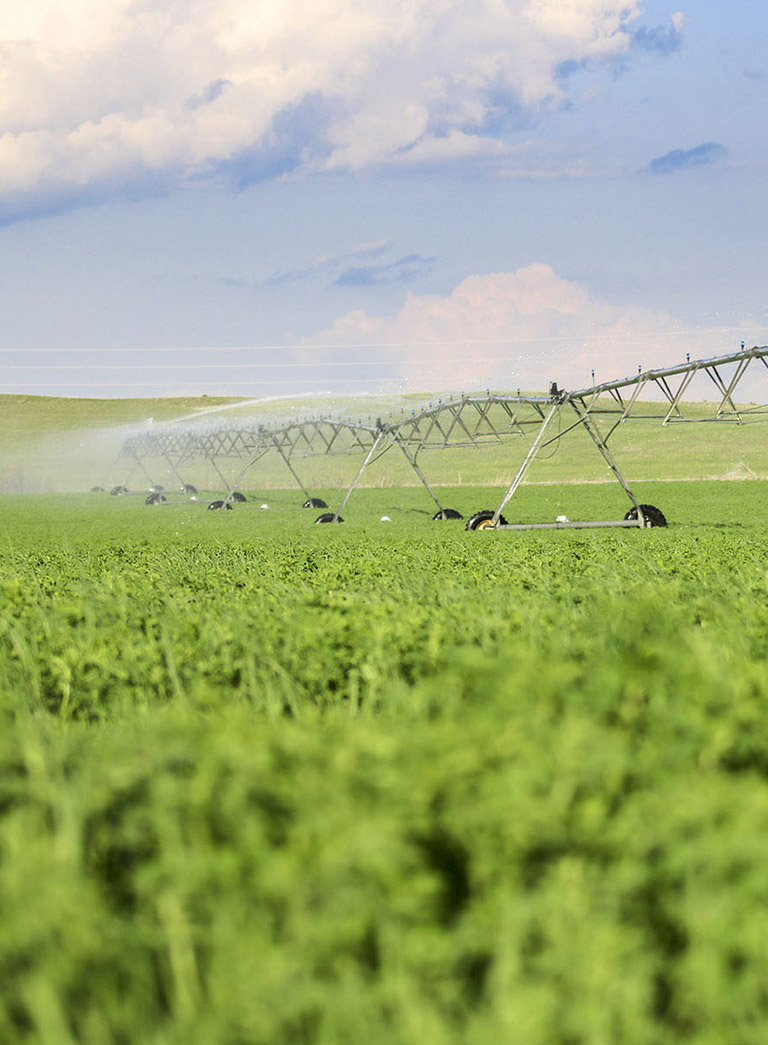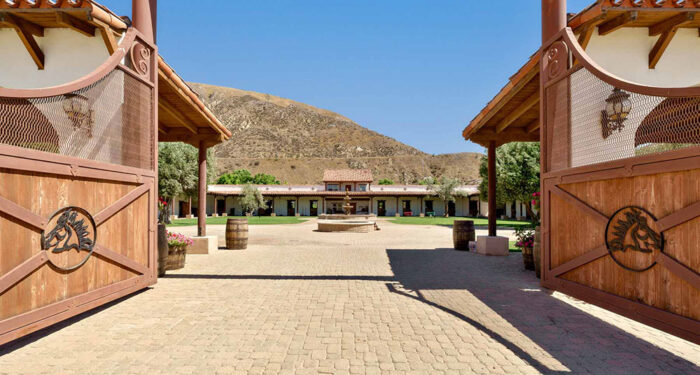The future of farming might just be around the corner. As we enter 2020, there is still much discussion about potential applications of clean energy and how to utilize the technology favorably and efficiently. But have you ever considered adopting such technologies on your farm or ranch? The University of Massachusetts is bringing this idea to life based on the results from an experiment combining solar panel placements and various crops.
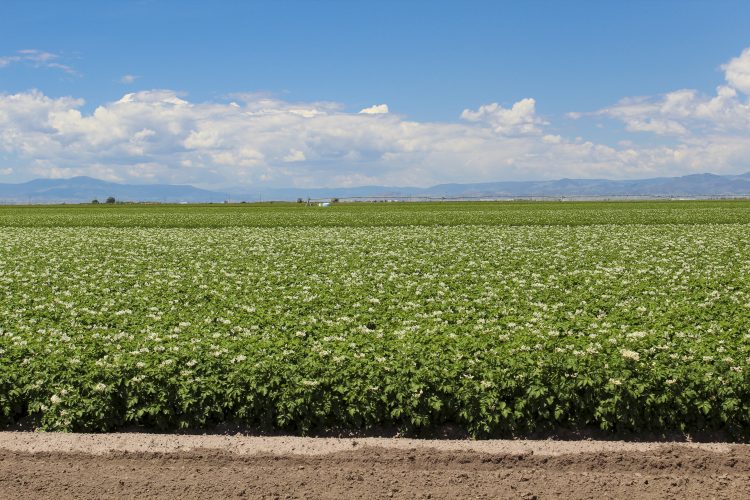
Most farmers and ranchers are accustomed to using smaller solar panels to power pumps and water wells. However, this experiment is taking things up a notch. “The center is evaluating the crop and livestock compatibility of a solar array consisting of three panels vertically stacked and elevated by a unique racking design that supports the panels 4 to 7 feet off the ground; 2- to 5-foot spaces between panel clusters permit light to reach the crops and grass growing beneath the panels. Traditional configurations, such as arrays installed by large solar developers, are typically situated close to the ground in flatter, solid chains of arrays that block sunlight and, thus, take land out of ag production.
However, that’s not the case with the elevated 17-kilowatt solar installation at the UM research center. ‘Every spot beneath the panels gets about two thirds of the full amount of sunlight throughout the day,’ Herbert says.”
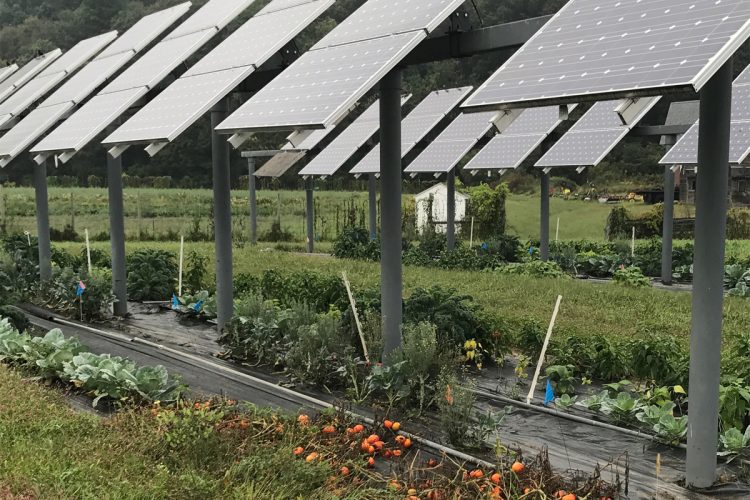
The combination, also known as dual-use farming, could also apply to cattle grazing. “Herbert’s initial, three-year evaluation focused on forage growth and the performance of cattle grazing within the solar array. ‘The area underneath the panels produced 90% to 95% of the yield of the pasture area not covered by solar panels,” he says. “On hot summer days, the cows would lie down in the shade underneath the panels.’”
However, there are some limitations on crop production as of now. Research has indicated that “shade-loving pollinator crops, bedding plants, nursery crops, and small-statured fruit trees or shrubs are options, in addition to vegetables and small- to medium-size livestock, such as most breeds of cattle and horses of nondraft breeds” are viable options, but there could be more options in the future as the system is refined.
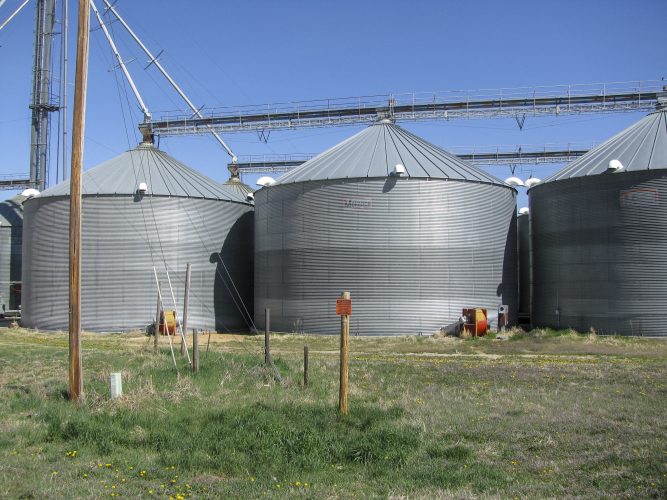
Investment costs to implement the elevated solar arrays vary from $2 to $5 a watt and depends on location, configuration, and fees to connect with an existing utility network. The main focus should still remain on growing the crops, and consider the produced energy as a bonus. It is likely that the power produced from a standard solar panel arrangement could meet the energy needs of a home or a farm.
The USDA even has a Rural Energy for America Program that offers grants or financing to help pay for renewable energy systems for agricultural producers and rural small business. Contact your local USDA office for more information about the program and how to get started.
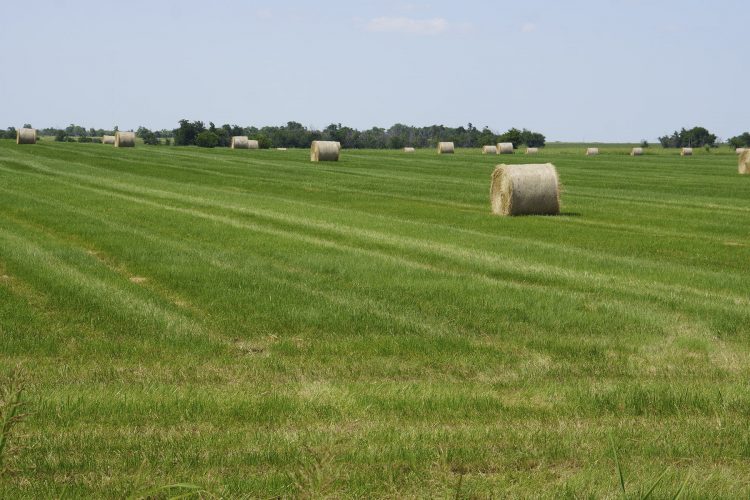
As interest in renewable energy continues to rise, tensions grow between those wanting to implement the new technologies and landowners unwilling to give up their agricultural practices. Dual-use farming could be a “win-win” scenario for both parties and empower landowners to utilize new technologies.
